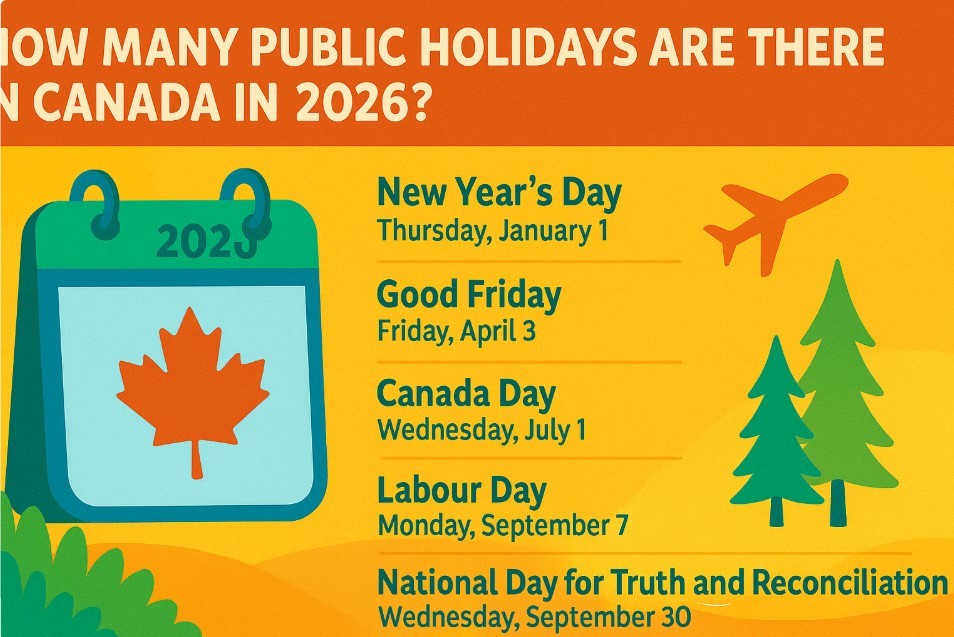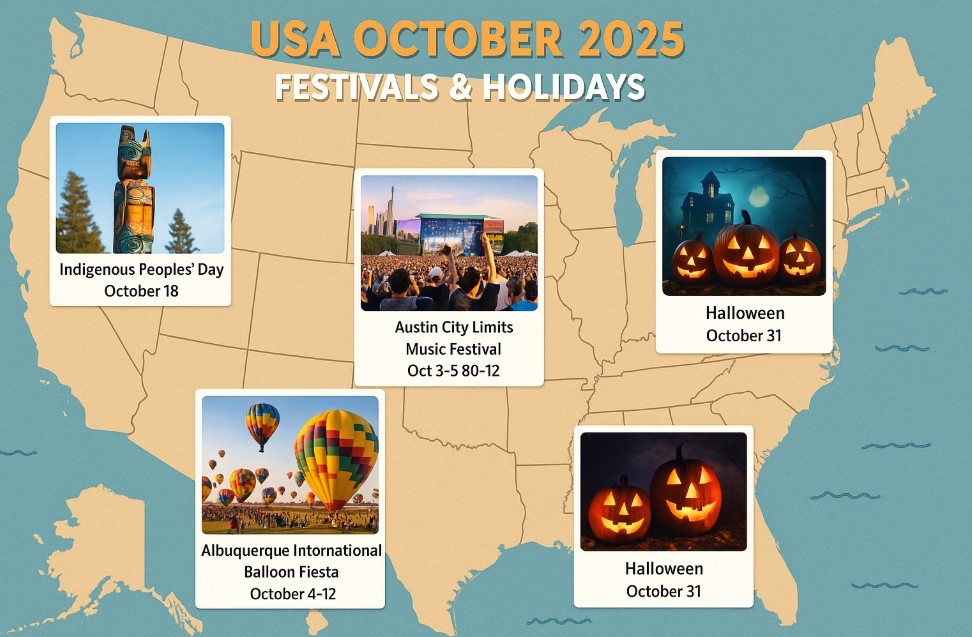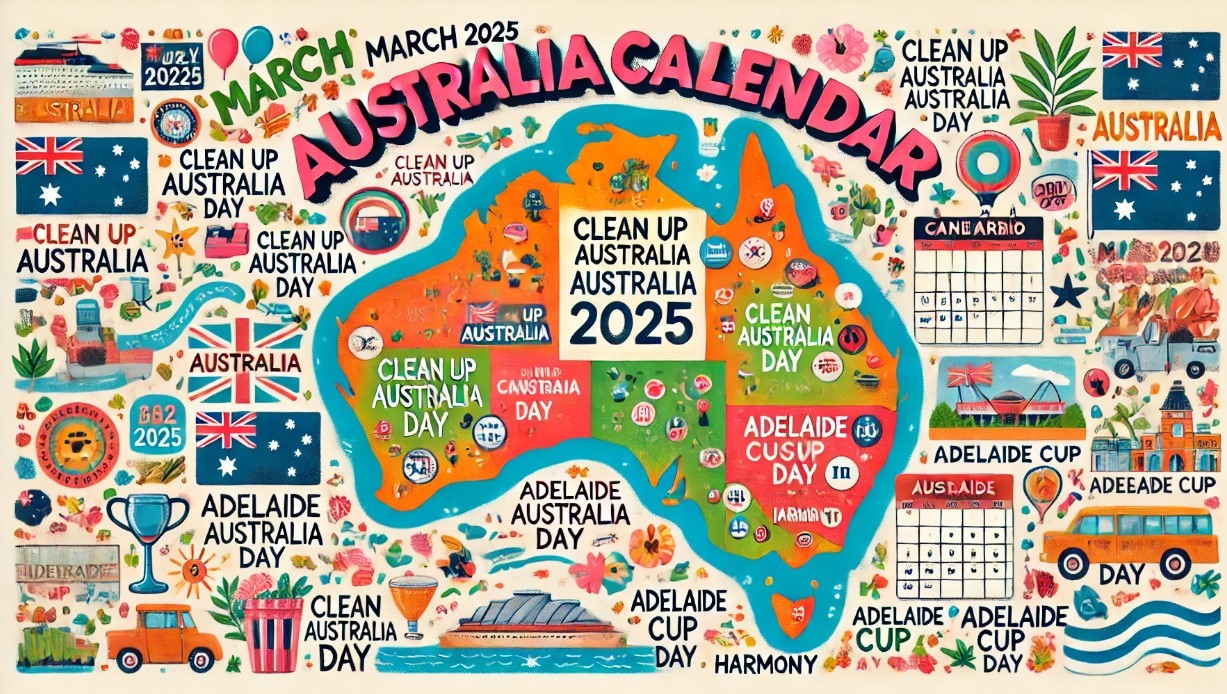List of Public Holidays for South American Countries - 2025 Calendar
| Table of Contents |
The Cultural Fabric of South American Holidays
South America is known for its rich tapestry of cultural diversity, history, and lively festivities that are deeply embedded in its public holidays. Each holiday reflects the continent’s multifaceted heritage, spanning Indigenous traditions, colonial influences, and religious practices. Many South American countries observe Catholic holidays due to the lasting impact of Spanish and Portuguese colonization, yet Indigenous celebrations and commemorations of national independence also hold significant importance.
From the exuberant Carnival in Brazil to the revered Inti Raymi in Peru, these holidays offer a glimpse into the unique ways South Americans honor their history, nature, and community.
The lifestyles and values across South America resonate through these holidays, often involving communal celebrations, colorful processions, and family gatherings. In Argentina, for example, national holidays like Malvinas Day are somber reminders of the country's struggles, while Carnival in Brazil exemplifies the joy and vitality of South American culture. These holidays provide both an opportunity for rest and a way to strengthen communal bonds.
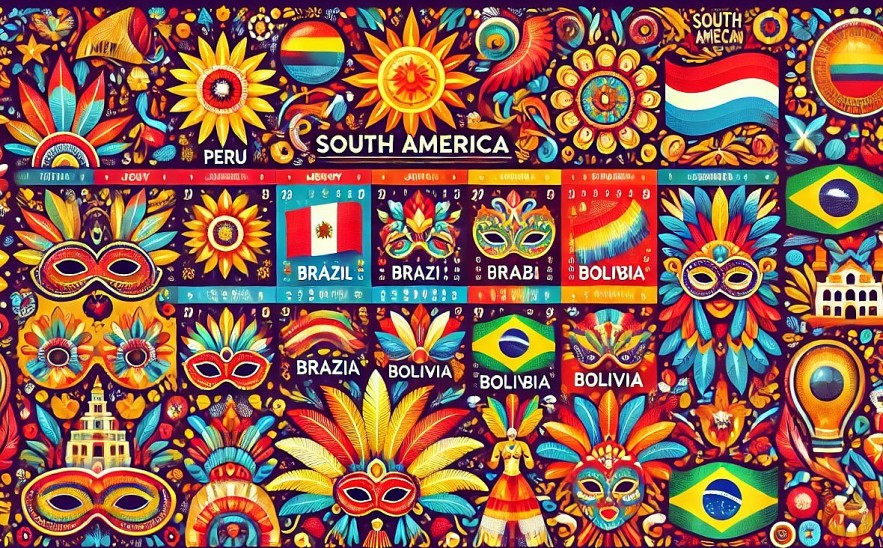 |
| South American Public Holidays in 2025 |
Number of Public Holidays for Every Countries in South Amirica
Here’s a brief look at the estimated public holiday counts for each country:
• Argentina: 15-17 days (includes flexible holidays)
• Bolivia: 11 days
• Brazil: 12 days, with additional state holidays
• Chile: 15 days
• Colombia: 18 days
• Ecuador: 12-13 days
• Guyana: 12 days
• Paraguay: 12 days
• Peru: 13 days
• Suriname: 14 days
• Uruguay: 14 days
• Venezuela: 13-14 days
These numbers reflect national holidays only, as some states and regions have additional holidays for local observances.
| Special Regional Holidays in South America Some holidays are specific to particular states or regions. For instance, in Brazil, Bahia Independence Day and State Day holidays in regions like Goiás or Santa Catarina observe local histories. These holidays typically result in closures within those regions but do not impact the entire country. |
Monthly Public Holiday Breakdown in South America
January
- New Year's Day (January 1): Observed across all countries, marking a fresh start with celebrations, fireworks, and family gatherings. Schools and offices typically close.
- Epiphany (January 6): Observed in Colombia and Uruguay, celebrating the visit of the Magi to Jesus. Public offices and schools close, with some private businesses remaining open.
February
- Tapati Rapa Nui (February 1-14): Unique to Chile’s Easter Island, celebrating Rapa Nui culture with traditional competitions, dance, and music
. Local schools and offices on Easter Island close.
March
- Oruro Carnival (March 1, Bolivia): Bolivia’s largest cultural celebration blends Indigenous and Catholic traditions, highlighted by the Diablada dance. Schools and offices close nationwide
- Heroes Day (March 1, Paraguay): Honors Paraguayan national heroes, with public offices and schools closing for the day.
- Malvinas Day (March 24, Argentina): Also known as the Day of Remembrance, it commemorates Argentina’s soldiers from the Falklands War. A national public holiday with closures across schools, offices, and businesses.
April
- Good Friday (April 18): Observed in most South American countries, particularly those with Catholic majorities, as a solemn day for religious observance. Schools, government offices, and many businesses close.
- Easter Monday (April 21): Celebrated in countries like Brazil and Guyana; offices and schools often close.
May
- Labor Day (May 1): Celebrated continent-wide as a public holiday dedicated to workers’ rights, marked by parades and public gatherings. Closures occur in government offices, schools, and most businesses.
- Battle of Pichincha (May 24, Ecuador): Commemorates Ecuador’s battle for independence from Spain, observed with patriotic events. Schools and public offices close.
June
- Corpus Christi (June 19): Celebrated with processions in Brazil, Paraguay, and Colombia. Schools and public offices close, especially in Catholic regions.
- Inti Raymi (June 24, Peru): An ancient Incan festival celebrating the sun god Inti, held in Cusco. While not an official public holiday, it draws large celebrations, and many government offices close near Cusco.
July
- Venezuelan Independence Day (July 5): Marks Venezuela’s independence from Spain in 1811, celebrated with parades and patriotic displays. Public offices and schools close nationwide.
- Colombian Independence Day (July 20): A public holiday celebrating Colombia’s independence with patriotic events and cultural festivities across the country. Closures are common in schools, offices, and many businesses.
August
- Bolivian Independence Day (August 6): Celebrates Bolivia’s independence, with public events and school closures across the country.
- San Martin Day (August 17, Argentina): Honors José de San Martín, the liberator of Argentina, with public ceremonies and parades. Schools and public offices close.
 |
| South America's festive holiday spirit |
September
- Brazilian Independence Day (September 7): Commemorates Brazil’s independence from Portugal with parades and music. Schools, offices, and many businesses close.
October
- Battle of Angamos (October 8, Peru): Marks a naval battle during the War of the Pacific, observed with ceremonies and public office closures across Peru.
- Columbus Day / Day of Respect for Cultural Diversity (October 12): Observed in various South American countries to honor Indigenous contributions and cultural heritage. Closures depend on the country but often include schools and government offices.
November
- All Saints' Day (November 1): Celebrated in many South American countries to honor deceased loved ones and saints. Schools and public offices typically close.
- Independence of Cartagena (November 11, Colombia): A national holiday marking Cartagena’s independence from Spain, celebrated with parades and closures across schools and offices.
December
- Immaculate Conception (December 8): Celebrated in Catholic-majority countries, honoring the Virgin Mary with processions and church services. Schools and public offices close in Argentina, Uruguay, and Peru.
- Christmas Day (December 25): Celebrated throughout South America, Christmas involves religious services, family gatherings, and feasts. It’s a national public holiday, with schools, government offices, and most businesses closed.
- New Year's Eve (December 31): While not officially a public holiday in many countries, businesses, schools, and public offices often close early in preparation for New Year’s celebrations.
Conclusion
South American holidays reflect a remarkable combination of cultural, historical, and religious influences. They offer insight into the diverse identities that shape the continent, with holidays marking everything from spiritual observances to significant national milestones. Through these public holidays, South Americans honor their past, unite in celebration, and reinforce cultural ties.
Frequently Asked Questions (FAQs)
Q1: Are all South American public holidays national holidays with closures?
A: Most public holidays are national, meaning schools, government offices, and many businesses close. However, certain holidays are region-specific, such as state holidays in Brazil or local celebrations in regions like Cusco for Inti Raymi.
Q2: Why is Carnival celebrated widely in South America?
A: Carnival has roots in Catholic traditions before Lent, and its widespread celebration is a legacy of colonial influence. Each country has distinct Carnival traditions, with Brazil’s being the most elaborate and internationally renowned
Q3: Do all countries close public services on religious holidays?
A: In many Catholic-majority countries, religious holidays like Good Friday, Corpus Christi, and Christmas are official public holidays, with closures in government and educational institutions.
 Top 10 Highest Mountains in South America Top 10 Highest Mountains in South America South America’s highest mountains list covers the following countries – Argentina, Chile, Peru and Bolivia. Check out the list of the 10 highest mountains in ... |
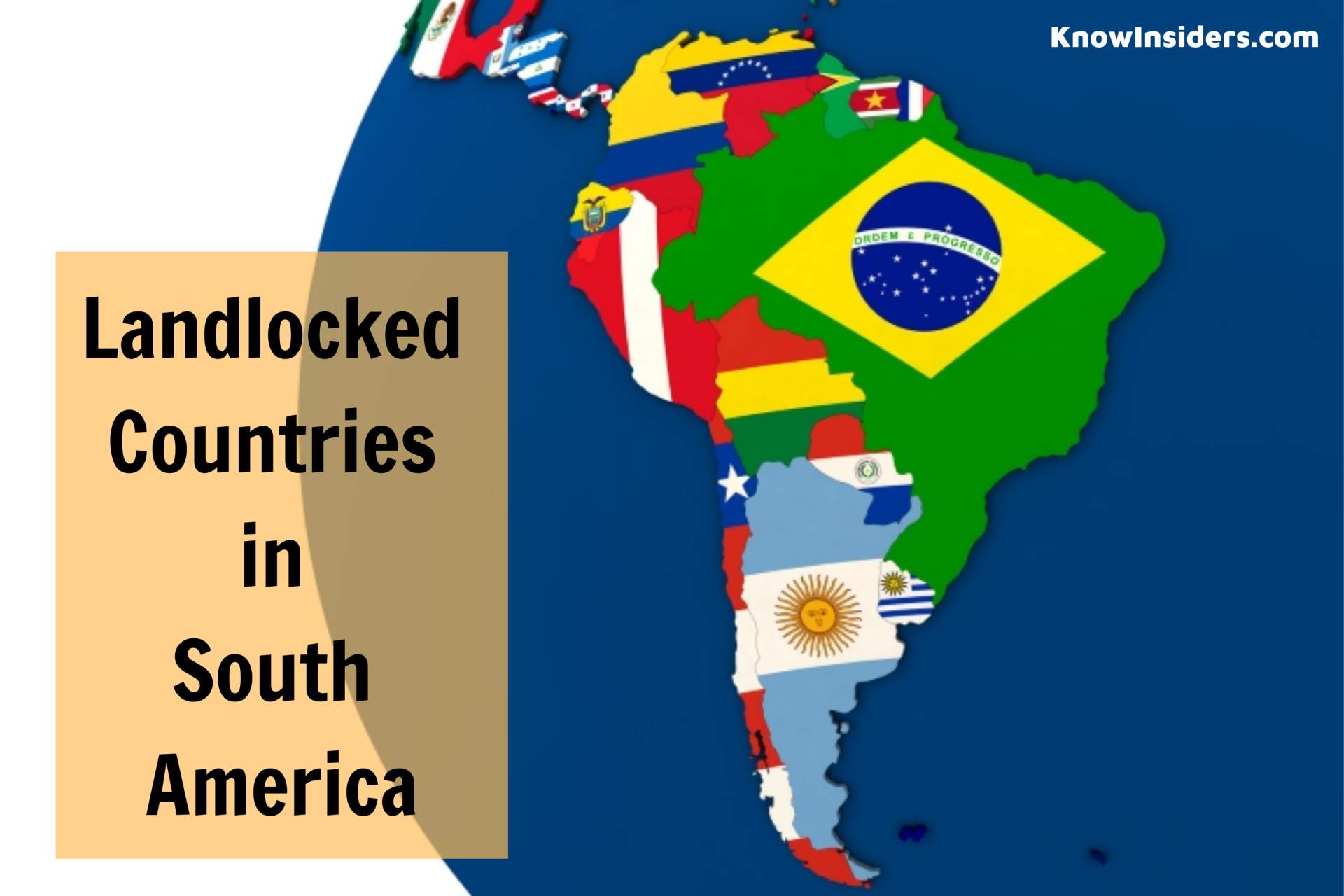 What Are The Landlocked Countries In South America What Are The Landlocked Countries In South America South America is the fourth largest continent in the world and has twelve sovereign countries and two non-sovereign areas. So, what are the landlocked countries ... |
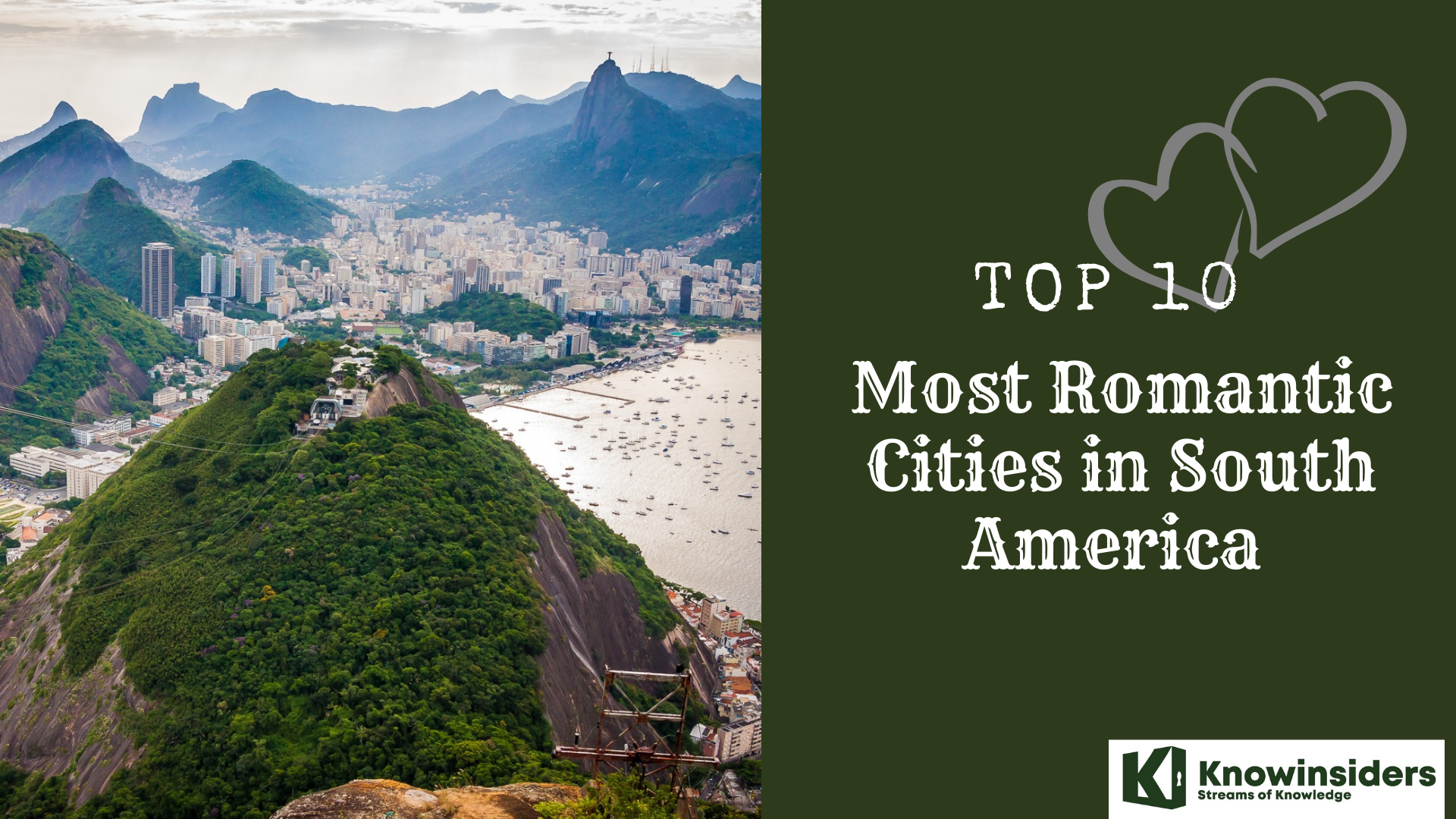 Top 10 Most Romantic Cities in South America Top 10 Most Romantic Cities in South America To know more which are the most romantic and wonderful cities that you can spend your time with your loved ones in South America. |

